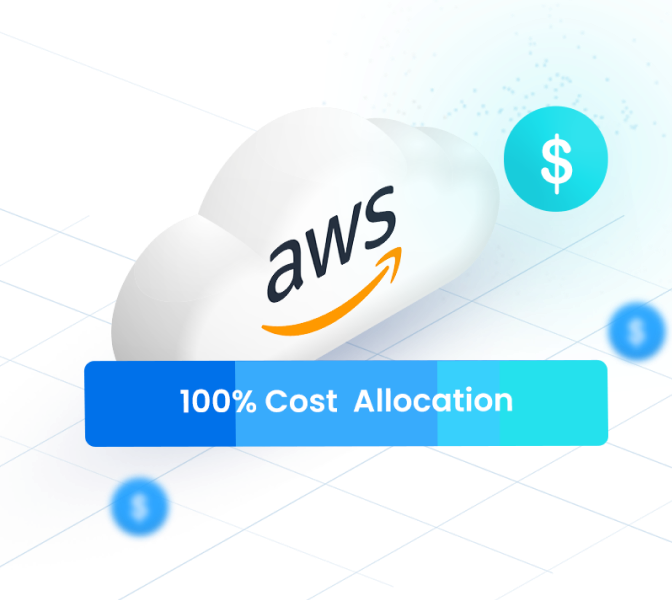Cloud cost optimization is all about gaining visibility of cloud cost centers and maximizing your budget to meet your needs. An example includes using spending tracker tools. These tools help rank the highest costs and can often optimize cloud operations to fit your budget.
Companies usually have two teams — a finance team and an engineering team — when optimizing cloud costs. However, the finance team might offer cost reduction solutions, such as reducing the number of services. Engineering teams may not agree. Instead, they prefer technical solutions, such as managing instances instead of subtracting services to reduce costs.
Let’s see how each of these players can help in optimizing cloud costs.
The Role of CFOs in Cloud Cost Optimization
First, the role of finance is not to learn cloud computing and go into the details of instances and migration. That may be an added advantage, but the engineering team already takes the role. The finance department can only receive and disburse funds for the cloud. It also manages cloud computing budgets and makes sure each budget goes for its purpose. If the need arises, the finance team can call on other third-party auditors to audit their finances. And, most importantly, the finance team creates finance reports. The team can also offer recommendations on what it thinks it should do to optimize cloud costs.
What’s the Role of Developers in Cloud Cost Optimization?
Developers have more knowledge of what happens in the cloud. They can assist the finance department in avoiding small cloud cost optimization mistakes. Ideally, they are more qualified to optimize costs than finance. Because of their technical know-how, devs can allocate compute resources, choose the right size of discs, space, network bandwidth, and much more. These choices influence cloud costs. Devs can also use external tools, make their own tools, identify hidden costs, and much more.
The CFO’s team should be the only team optimizing cloud costs. We’ve already seen how companies can leverage their engineering teams to also manage cloud costs. What makes this strategy effective?
1. It’s a Proactive Approach.
Leaving cost-control tasks to only one team increases the margin for error. If the finance team makes a small error that leads to escalating cloud costs, the company must react to the problem. And as companies use a reactive approach, they spend more time and money trying to come back from a mistake that they could have prevented. Instead of leaving this task to finance, let all departments collaborate, especially engineering, marketing, and executive management. For engineering, it can oversee suggestions and activities performed by finance before execution. Marketing teams can leverage cost reduction as a unique selling proposition. And the executive department can always update its team on trends. As a result, companies keep all cost optimization operations in tandem with the current market.
2. It Increases Accuracy.
When finance takes the full responsibility of optimizing cloud costs, it doesn’t consult other departments. Even though this makes execution faster, the chances are that the team could be implementing an inaccurate suggestion. Finance and engineering are a mix of the left and right brains. One brings a creative solution, while the other assesses the practicality of the solution. Each cloud cost optimization tip should go through a third eye. Teamwork and consulting eliminate wishful thinking, check for the practicality of a solution, and critique recommendations from cloud audit reports. The results? Only accurate ideas move on for implementation.
3. Shared responsibility equals teamwork.
Many cloud providers use the shared responsibility model to increase security in their applications. For the cloud, shared responsibility means both the vendor and user are responsible for the security of their infrastructure. Similarly, cost optimization is a shared responsibility. So all departments are responsible for cost control. This shared model increases collaboration and minimizes the risk of one department being responsible for a big disaster.
The Bottom Line
Always set mutual objectives that span across all departments. One of your objectives is cost control, so how can each workstream help minimize cloud costs? To learn more about our cloud cost optimization solutions, contact us at https://nops.io/.










